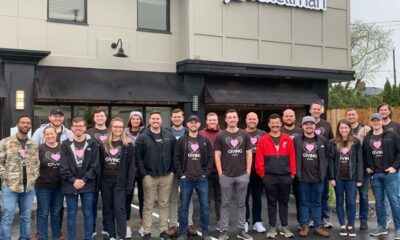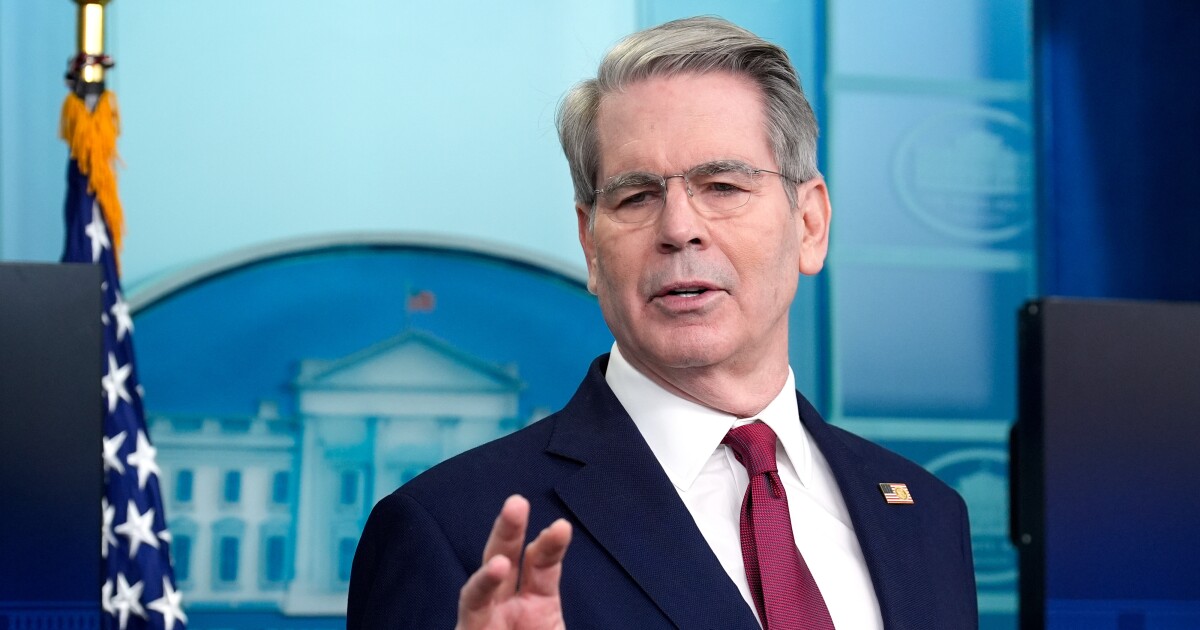The entire world has been awash in AI for the past few years and accounting is no exception. Yet, when polled by the Information Technology Alliance, it was found that few in client accounting and advisory services reported they were using AI in any form, and when they were it was mainly generalist tools like Copilot. Considering the technology’s potential for the accounting profession, Michael Pynch, chief information officer for top 25 firm Wipfli, found this puzzling.
“I was surprised to see so many CAS [practitioners] that aren’t using those technologies, given how much we talk about it. So the question to the group is, why? What’s stopping us?” he said during the ITA’s spring collaborative in Memphis, Tennessee.
John Fleischer, chief information officer for top 10 firm CBIZ, suggested that the sheer diversity of tools on the market might be a little overwhelming and paradoxically make people more hesitant to adopt them. He also noted that AI still has significant risk factors which certain practitioners may not want to deal with. Despite this, he echoed Pynch’s puzzlement as to why so few were using AI.
“[This] is one of the areas where it seems like we should have the most opportunities to automate and use AI to really drive up margins. I think it’s gonna have to come. I’m not sure why we’re not there yet,” he said.
Sarah Sieman, senior director for CAS business transformation at CBIZ, said one big barrier is that people don’t always know what to do with it, and asking experts does not always help.
“I literally had this conversation with some of our AI experts, they’re like, ‘What do you want to do with AI?’ And I’m like, ‘Well, what can we do with AI?’ They’re like, ‘Well, what do you want it to do?’ So I think there’s a little bit of an education component. You can have it rewrite your emails, but there’s so much more that it offers,” she said.
There are a lot of opportunities out there, according to Sieman, but people need to understand the technology itself before being able to understand how it can solve their problems. For one, people don’t necessarily know how to prompt properly. She said many are still treating it like a Google search and so are unimpressed with the results. They don’t always understand that you need to provide more context for a better answer, and that you may need to iterate a few times for the best answer.
With this in mind , she said CBIZ regularly holds prompt writing classes to improve people’s use of AI. Another thing she has found helps are what she called ‘road shows’ for specific use cases that have been used successfully in other parts of the firm. This has served to start some “ideas turning in their heads” when they recognize how the use case might be applied to, say, tax or CAS. Such efforts are essential for maximizing the usefulness of AI.
“Everyone kind of knows what AI is, but to understand how to really use it well is another story,” she said.
James Winton, a partner with top 25 firm Moss Adams and the other panel moderator, noted that there might also be some skepticism, as the hype behind the technology has sometimes meant it overpromises and underdelivers. He also suggested, though, that another issue might simply be inertia: it’s harder to retrofit existing systems for AI versus starting from scratch as certain startups have done.
“The mature tools on the market that are like the backbone of our practices are having a harder time spinning out the AI in their product, whereas the startups like that’s that was the basis of their product, and they’re way better at it. So it might require us just being more agile to give up those like core tools that we’ve always used,” he said.
Sieman also noted that there may also be questions over who controls an AI solution. Many clients want help implementing AI solutions at their businesses, and many CAS firms are eager to help develop them.
“If we figure [AI] out and come to some sort of plan, then it becomes a matter of who owns what. What happens if the client’s disengaging and what happens with that product that you built or created for them? I think that is also part of why there is a hesitancy to even touch on that. We don’t necessarily have a roadmap for that,” she said.
During the talk, someone from the audience brought up another possibility: the billable hour. While there has been a shift to other pricing models over the years, such as value-based or per-unit pricing, the billable hour remains common in CAS practices. Very bluntly, if a process that used to take 8 hours now takes only 1, that’s a major loss in fee income
“If you’re in the billable hour world, it’s not good to innovate, because you lose all of your hours. And then you risk [the client will] get rid of you. So in the traditional model, it doesn’t work,” she said. “So CAS practices that are smaller, which are not CPA firms and not in the billable hour world, can innovate faster.”


 Personal Finance1 week ago
Personal Finance1 week ago
 Economics1 week ago
Economics1 week ago
 Economics5 days ago
Economics5 days ago
 Accounting5 days ago
Accounting5 days ago
 Economics4 days ago
Economics4 days ago
 Economics5 days ago
Economics5 days ago
 Personal Finance1 week ago
Personal Finance1 week ago
 Economics6 days ago
Economics6 days ago












